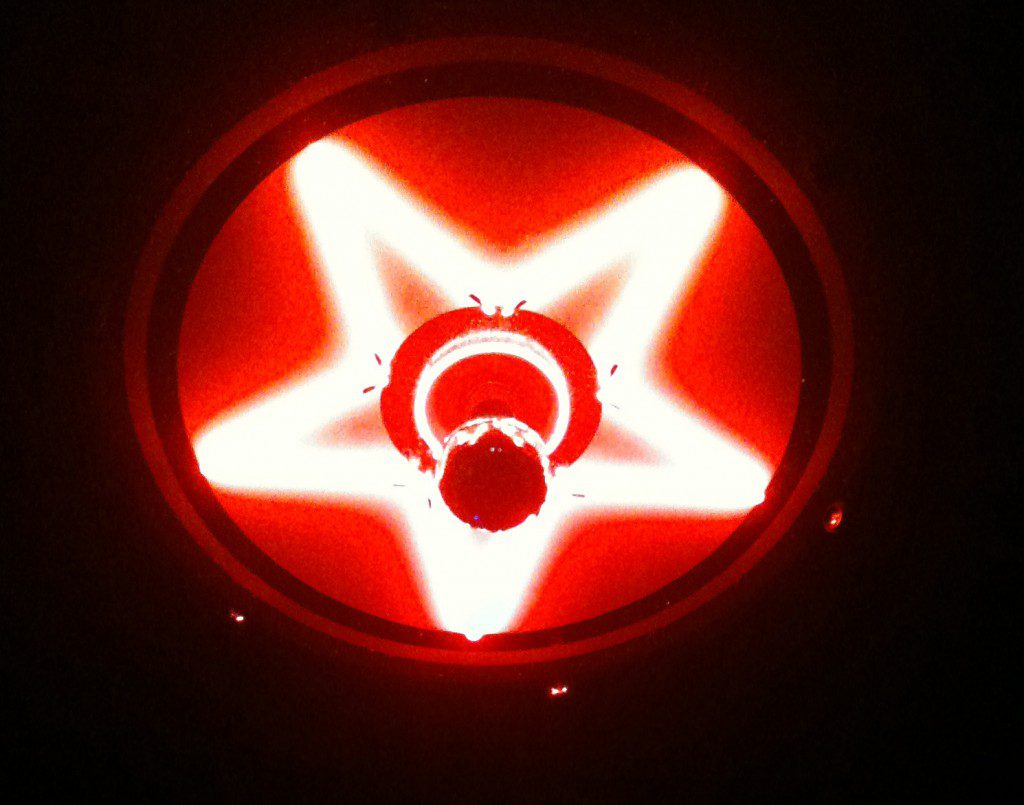I attended my very first Cain’s Ballroom concert on April 4, 1996. I was 15. A few friends and I (accompanied by a parent) traveled from our small town nearby to see the famously short-lived band, The Presidents of the United States of America, perform its wacky songs. I was not familiar with Cain’s at that time, nor its rich history and the role it played in the genre known as western swing.
Walking into Cain’s as a teenager was an otherworldly experience. The heavy, old-fashioned burgundy curtain that draped the stage, proclaiming Cain’s as the “Home of Bob Wills,” hung in stark juxtaposition to the pop rock music played on-stage. The oversized portraits of western swing and country music stars that have played at Cain’s lined the walls, as they do today, reminding all that this square of downtown Tulsa is hallowed ground.
Now, 18 years later and armed with a driver’s license, I have visited Cain’s dozens of times. I lost track of how many concerts I’ve attended, how many songs I’ve danced to, how much I’ve spent on tickets. I’ve seen world-class musicians perform, hung out backstage with bands and made new friends as well as reconnected with old. I have sung along, clapped my hands and cried to countless songs.
Cain’s Ballroom is my favorite place in the world. I feel pride each time a musician pays homage to the venue, acknowledges its importance to the history of music in America. Cain’s Ballroom is an ambassador of Tulsa, and the artists that are fortunate enough to play there instantly become part of that rich heritage.

As much as I love that historic dance hall, contributing editor John Wooley loves it even more. A musical historian and host of radio’s “Swing On This,” broadcast each Saturday evening on 89.5 KWGS, John is an expert on western swing and its history in Tulsa. We began exchanging emails several months ago about a feature that would capture the legacy of western swing and its place in Tulsa. Sure, we all know that Bob Wills played his fiddle and led his Texas Playboys on that famed stage, but how did they end up there? John tells the story in “The Capital of Western Swing,” an informed and colorful look into the genre that started in Texas but grew into its own – and became what it is today – inside the walls and on the dance floor of Cain’s Ballroom.
The folks that attended those early dances at Cain’s were not that different from the concertgoers of today. They were looking for respite from the daily grind of life, hoping to escape into good music, good dancing and good company on a Saturday night. That spirit of excitement and escapism lives on in concert veterans and in the excitement of those who attend their first show at Cain’s, awed by the burgundy curtain, oversized portraits, the blazing neon star affixed to the ceiling and enormity of history contained in a small dance hall.
Jami Mattox
Managing Editor

























